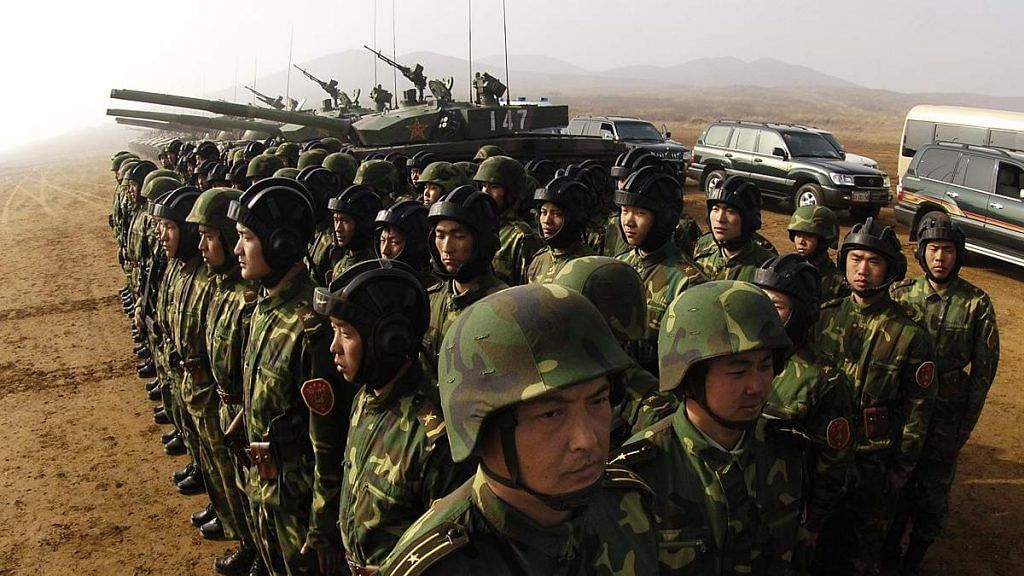New Delhi: In a development that could cause concern to India, its neighbours China and Bhutan are close to striking a deal on the Doklam boundary dispute. The Chinese holding line in the contentious region is likely to become the working boundary between the two, ThePrint has learnt.
This means China will be successful in its “salami slicing” of Doklam, since it will hold on to the territory it has already captured.
“China and Bhutan are working out something with regard to their dispute in the Doklam plateau. The status quo is being maintained and both sides (India and China) are holding on their positions as per the de-escalation move,” a top government official told ThePrint.
Another government official in the know said: “Both Bhutan and China have held over 25 rounds of discussions regarding their border disputes. We really don’t know exactly what is happening, but it seems the holding line will become some sort of a working boundary.”
This holding line is about 10 km from the nearest camp in Chinese territory.
The officials pointed out India’s past stand — that it hopes neighbouring countries that are in discussions with a third country would take into account India’s concerns.
Also read: ‘Chai pe charcha’ in Doklam — daily ritual for Indian, Chinese troops now to ease tensions
The face-off in Doklam
India considers the Doklam plateau as an undisputed part of Bhutanese territory, but China considers it as an extension of its Chumbi valley, the wedge of land that lies between Sikkim and Bhutan. The plateau is approximately 89 square km, with a width of less than 10 km.
Over the years, China captured small pieces of territory in Doklam, and had started building a road. In 2017, it started constructing a road headed to the strategically important Jampheri ridge-line.
“We had to step in and stop it because this road would have given the People’s Liberation Army easy access and clear line of sight to the Siliguri Corridor,” said the first official quoted above. The Siliguri Corridor, colloquially known as the ‘chicken neck’, is a narrow tract of land that connects the entire Northeast to the rest of India.
On 18 June 2017, several companies of the Indian Army stepped in to form a human wall to prevent Chinese earth excavators and workers from carrying out construction activities.
The stand-off lasted for over two months, which increased regional tension and was closely monitored by global powers. It finally ended with China agreeing to not construct the road and moving back by 200 metres, while India moved back to the Dokala Post that it has maintained for the last several years. This is the holding line that could now become the working boundary.
Also read: Near Doklam, China is again increasing forces, building roads & even a possible heliport
Bhutan’s position
In an interview to The Hindu in June this year, Bhutan’s Prime Minister Lotay Tshering called for China to maintain status quo in the Doklam region, saying “no side” should do anything “unilaterally” near the tri-junction point between India, China and Bhutan.
Just days prior to the PM’s interview, his minister in-charge of border disputes visited the Doklam plateau and even spent a night in a Chinese camp.
This move was closely monitored by the higher-ups in New Delhi, and gave an inkling that something was cooking between the two countries.
Also read: China has quietly altered its boundary with Bhutan after Doklam stand-off with India
